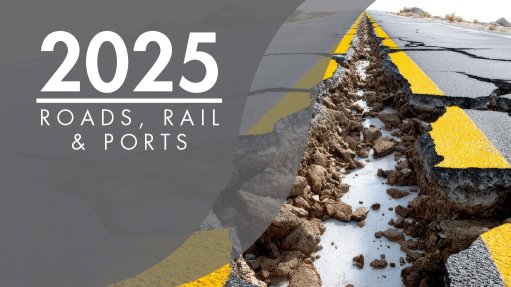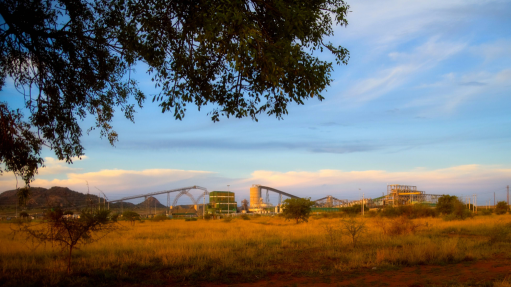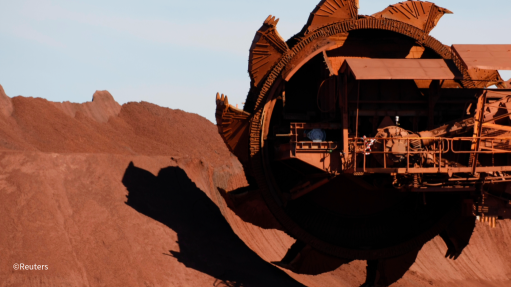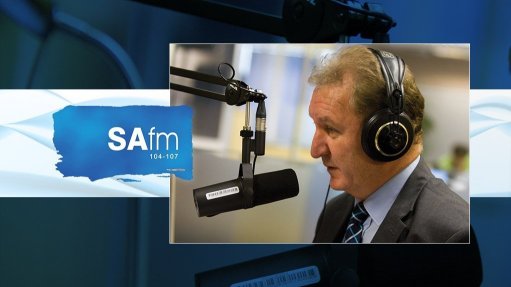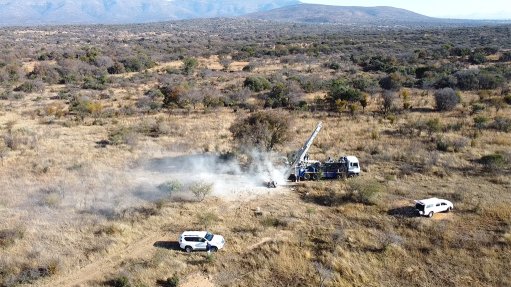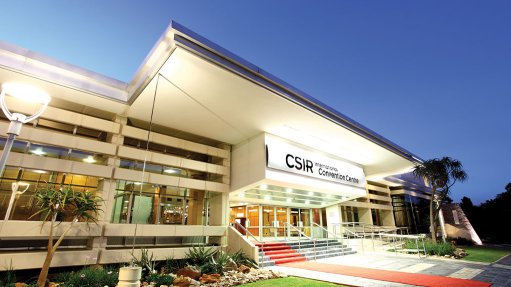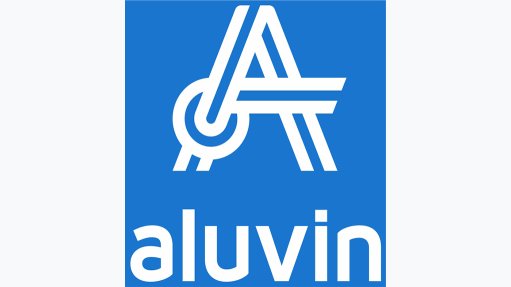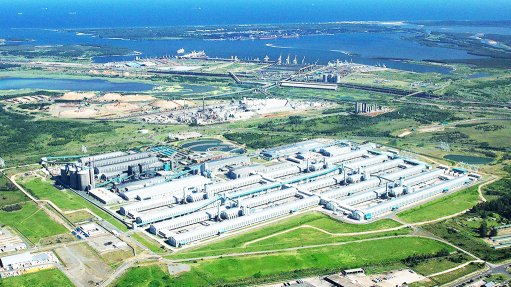Uncrewed surface vehicles transform maritime security, defence

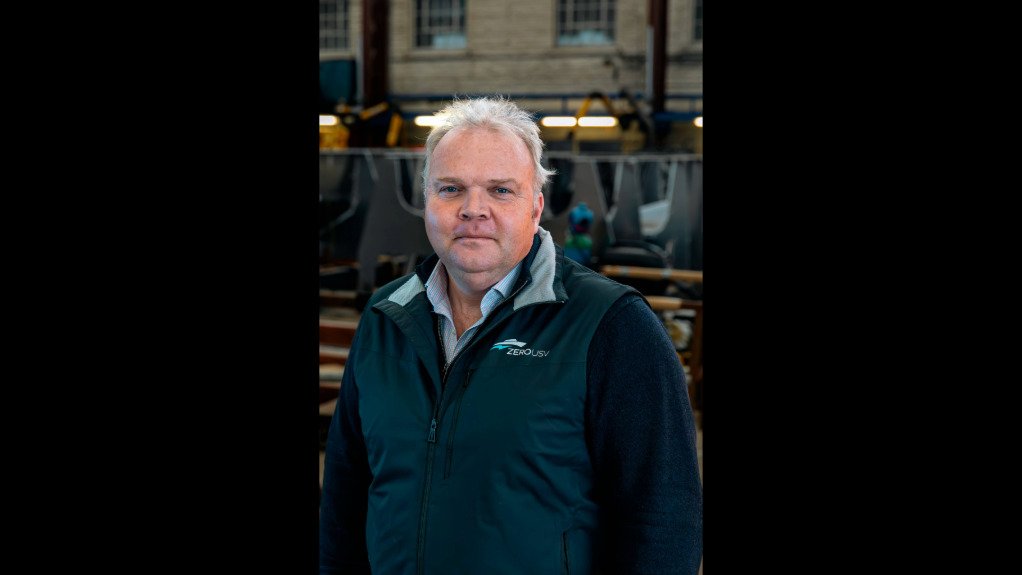
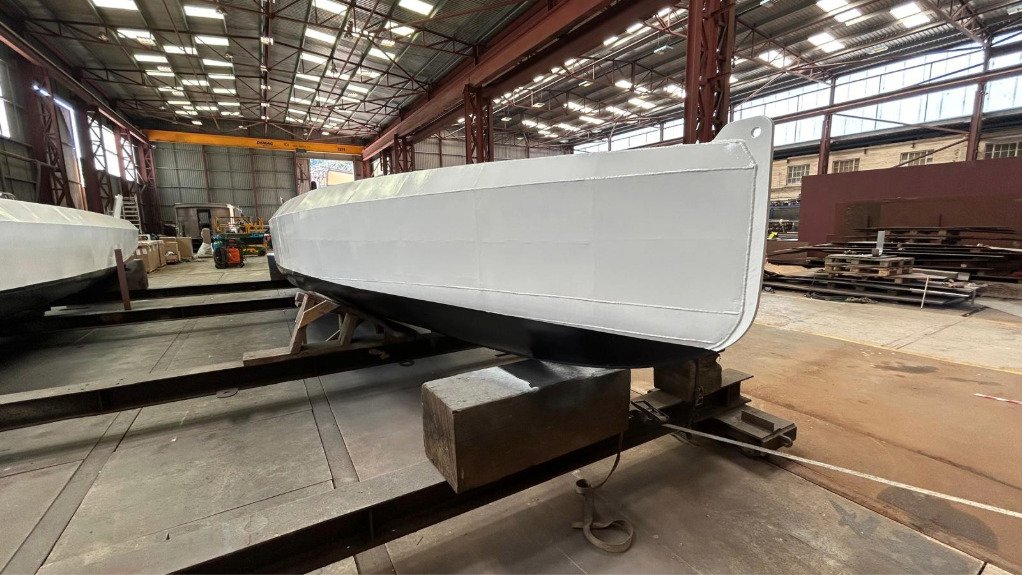
MATTHEW RATSEY Global trends in defence automation align well with South Africa’s security needs; these technologies provide continuous coastal surveillance, detect unauthorised vessels and enable data-driven decision-making
USV BREAKTHROUGHS USV's technological breakthroughs centre around integrated sensor suits, advanced propulsion and AI-driven decision-making, allowing these vessels to process vast amounts of data in real-tim
Photo by Zero USV
Uncrewed surface vehicles (USVs) are redefining defence and security by enhancing efficiency and reducing risks in maritime operations, says marine automation company Zero USV.
By removing the dangers associated with manned missions, these platforms not only protect lives but also facilitate rapid, data-led decision-making through advanced technology and real-time connectivity.
USVs enable continuous surveillance, intelligence gathering and rapid response with minimal human oversight. Further, the integration of AI, sensor fusion and secure communications is shifting defence paradigms towards more scalable and cost-effective models, says Zero USV.
Some non-defence applications include ports, offshore wind farms and oil and gas platforms which leverage these autonomous systems for continuous monitoring and rapid response, thereby mitigating risks relating to trespassing and sabotage. They can also help to combat illegal fishing, piracy and trafficking while cost-effectively monitoring high-risk areas.
However, the demand for USVs – once considered experimental – has surged across military and commercial sectors, as “more nations now consider USVs essential for enhancing surveillance, deterring piracy and conducting intelligence-gathering missions”, states Zero USV MD Matthew Ratsey.
He adds that their ability to operate in arduous conditions without endangering personnel has driven widespread acceptance.
Ratsey explains that, of late, the US has prioritised naval innovation, while the UK and France have integrated autonomy into their fleets. Moreover, Asia-Pacific countries, including Australia, Japan and South Korea, are rapidly adopting autonomous maritime systems to manage their strategic interests.
Additionally, with breakthroughs in USV technology focusing on integrated sensor suites, advanced propulsion and AI-driven decision-making, these vessels can process vast amounts of data in real-time, identifying and tracking threats. Their enhanced communication systems enable seamless data sharing with command centres, improving situational awareness.
“These advances have turned USVs into a genuine force multiplier,” explains Ratsey. “They extend the reach of maritime forces, enabling missions over larger areas without ports, offshore energy platforms and subsea cables, providing round-the-clock surveillance and real-time threat detection.”
He notes that integrating USVs into defence networks requires dependable communication protocols, encryption and collision- avoidance systems.
Ratsey warns that, with USVs operating in busy waterways, they require advanced algorithms and rigorous testing. Moreover, cybersecurity is crucial, as any breach could compromise navigation or sensor systems.
Given the criticality of robust cybersecurity measures and advanced algorithms, the rise of USVs has spurred collaborations between technology firms and defence forces worldwide.
“Smaller technology companies are often more agile than larger counterparts, enabling rapid prototyping and development. Their innovations in AI, sensor miniaturisation and advanced materials can be scaled through partnerships with established defence players,” says Ratsey.
Meanwhile, he suggests that South Africa, given its strategic maritime position, and increasing security challenges, would benefit from such technology. “Ports such as Durban, Cape Town and Richards Bay could benefit from uncrewed surveillance solutions.”
He adds that “global trends in defence automation align well with South Africa’s security needs. These trends relate to technologies that provide continuous coastal surveillance, detect unauthorised vessels and enable data-driven responses”.
However, regulatory alignment and interoperability are key, while coordination with defence bodies and alignment with international standards ensure safe deployment.
Fortunately, South Africa’s legal frameworks are evolving to address uncrewed maritime operations.
Ratsey states that early alignment on operational requirements and regulatory standards is crucial as this will ensure smooth integration into command-and-control structures.
Looking ahead, swarm coordination – where multiple USVs scan for threats and share real-time data – will expand operational coverage. Advancements in AI-driven decision-making, sensor capabilities and predictive maintenance will further enhance fleet adaptability.
Ratsey concludes that, as these systems evolve, their role in enhancing security and reducing costs will solidify their place in modern defence strategies.
Article Enquiry
Email Article
Save Article
Feedback
To advertise email advertising@creamermedia.co.za or click here
Press Office
Announcements
What's On
Subscribe to improve your user experience...
Option 1 (equivalent of R125 a month):
Receive a weekly copy of Creamer Media's Engineering News & Mining Weekly magazine
(print copy for those in South Africa and e-magazine for those outside of South Africa)
Receive daily email newsletters
Access to full search results
Access archive of magazine back copies
Access to Projects in Progress
Access to ONE Research Report of your choice in PDF format
Option 2 (equivalent of R375 a month):
All benefits from Option 1
PLUS
Access to Creamer Media's Research Channel Africa for ALL Research Reports, in PDF format, on various industrial and mining sectors
including Electricity; Water; Energy Transition; Hydrogen; Roads, Rail and Ports; Coal; Gold; Platinum; Battery Metals; etc.
Already a subscriber?
Forgotten your password?
Receive weekly copy of Creamer Media's Engineering News & Mining Weekly magazine (print copy for those in South Africa and e-magazine for those outside of South Africa)
➕
Recieve daily email newsletters
➕
Access to full search results
➕
Access archive of magazine back copies
➕
Access to Projects in Progress
➕
Access to ONE Research Report of your choice in PDF format
RESEARCH CHANNEL AFRICA
R4500 (equivalent of R375 a month)
SUBSCRIBEAll benefits from Option 1
➕
Access to Creamer Media's Research Channel Africa for ALL Research Reports on various industrial and mining sectors, in PDF format, including on:
Electricity
➕
Water
➕
Energy Transition
➕
Hydrogen
➕
Roads, Rail and Ports
➕
Coal
➕
Gold
➕
Platinum
➕
Battery Metals
➕
etc.
Receive all benefits from Option 1 or Option 2 delivered to numerous people at your company
➕
Multiple User names and Passwords for simultaneous log-ins
➕
Intranet integration access to all in your organisation







